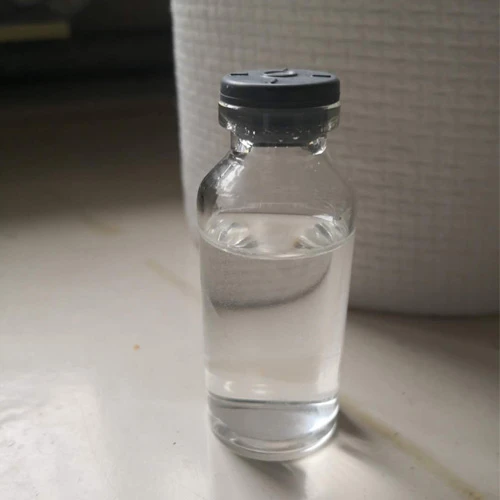Stability Testing of Active Pharmaceutical Ingredients and Finished Pharmaceutical Products
Stability testing is a crucial component in the development and production of pharmaceutical products. It ensures that both active pharmaceutical ingredients (APIs) and finished pharmaceutical products (FPPs) maintain their efficacy, safety, and quality throughout their shelf life. This article explores the importance, methodologies, and regulatory frameworks surrounding stability testing in the pharmaceutical industry.
Importance of Stability Testing
The significance of stability testing cannot be overstated. Stability influences the shelf life of pharmaceutical products, affecting how long they can be stored under specified conditions without undergoing unacceptable changes. Factors such as temperature, humidity, light, and packaging material can significantly impact the stability of pharmaceuticals. By conducting stability tests, manufacturers can predict the product's behavior over time, ensuring that patients receive safe and effective medications.
Furthermore, regulatory authorities require stability data to approve drugs for market release. This data demonstrates a product's integrity throughout its intended shelf life, thereby ensuring that pharmaceuticals are manufactured following Good Manufacturing Practices (GMP).
Methodologies of Stability Testing
Stability testing involves subjecting APIs and FPPs to various environmental conditions to monitor changes. The following methodologies are commonly employed
1. Long-term Stability Testing This method involves storing products under recommended storage conditions for an extended period, usually for the duration of the product’s shelf life. Long-term stability studies provide data on the product's performance over time and under normal storage conditions.
2. Accelerated Stability Testing Conducted under extreme conditions, such as elevated temperatures and humidity, this testing aims to expedite the degradation process. The results can help predict long-term stability and establish an accelerated shelf life.
3. Intermediate Stability Testing This is conducted under conditions between long-term and accelerated studies. It helps in identifying how products react to storage fluctuations which might occur during transportation or temporary storage.
stability testing of active pharmaceutical ingredients and finished pharmaceutical products

4. Real-time Stability Testing This testing monitors products under actual storage conditions throughout their shelf life. It validates the accelerated and long-term stability data obtained from previous testing phases.
Testing Parameters
Stability testing evaluates various parameters of pharmaceuticals, including physical appearance, potency, degradation products, and microbial limits. The key attributes assessed include
- Chemical Stability Measuring the concentration of active substances and identifying degradation products. - Physical Stability Observing changes in color, odor, pH, and solubility. - Microbial Stability Testing for contamination, especially in liquid formulations.
Regulatory Frameworks
Different regulatory bodies, such as the U.S. Food and Drug Administration (FDA) and the European Medicines Agency (EMA), have established guidelines for stability testing. The International Council for Harmonisation (ICH) also provides comprehensive guidance through its Q1A(R2) guidelines, detailing systematic approaches for stability study design, execution, and documentation.
A pivotal aspect of these guidelines is the establishment of stability zones based on climatic conditions, ensuring that stability data reflects the environments in which products will be utilized. Additionally, regulatory agencies require specific documentation demonstrating compliance with stability testing standards during the drug approval process.
Conclusion
In summary, stability testing is vital for ensuring the quality and safety of pharmaceutical products. By evaluating the impact of environmental factors on the integrity of active pharmaceutical ingredients and finished products, manufacturers can ensure that they deliver safe and effective treatments to patients. The adoption of regulatory guidelines and standardized methodologies across the industry not only enhances product reliability but also fosters public trust in pharmaceutical products. As the pharmaceutical landscape evolves, ongoing advancements in stability testing methodologies will remain essential for accommodating new formulations and technologies, ensuring optimal therapeutic outcomes for patients worldwide.

